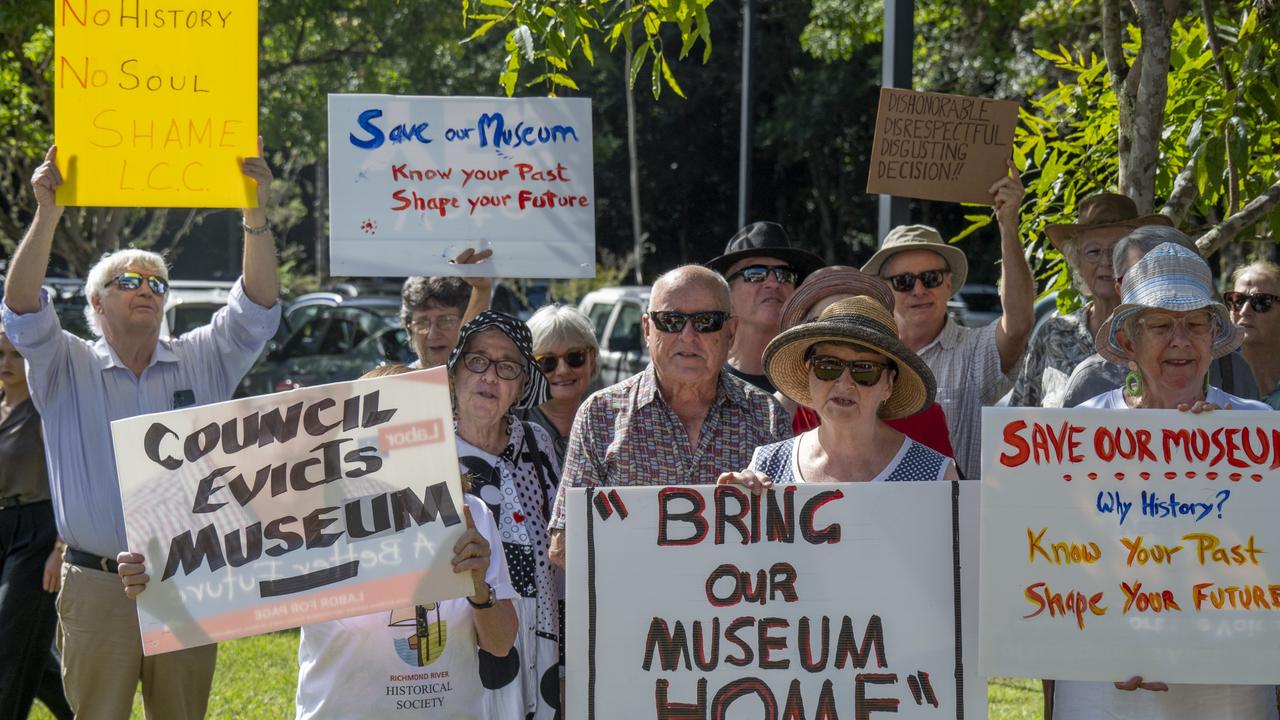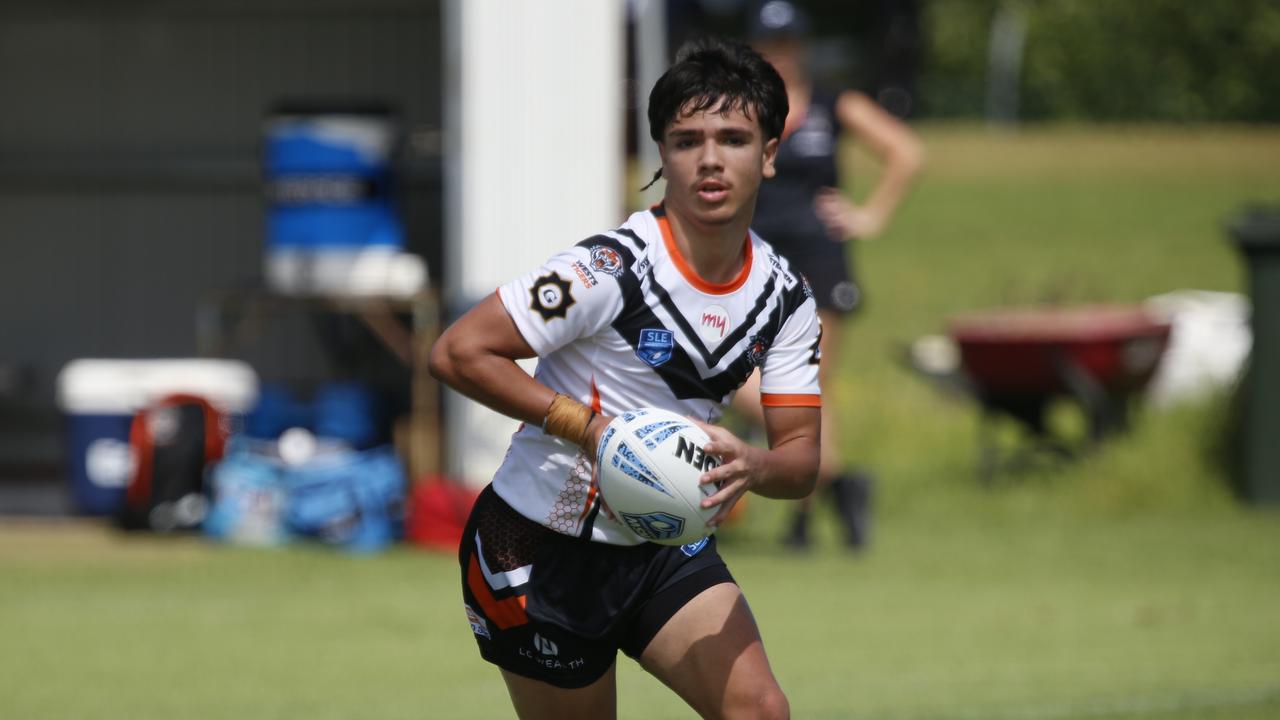Federal Budget 2022-23: What it means for your community, local projects, winners and losers
Millions of dollars in funding to bust congestion on our roads, and add more commuter parking spaces to stations across NSW have been scrapped. See the projects expected to be funded instead.
Tweed Heads
Don't miss out on the headlines from Tweed Heads. Followed categories will be added to My News.
A swathe of community infrastructure projects across NSW have been stripped of their federal funding as part of the Albanese Government’s first budget – which cancelled $2.8 billion in cash for commuter car parks, congestion and infrastructure upgrades on Tuesday night.
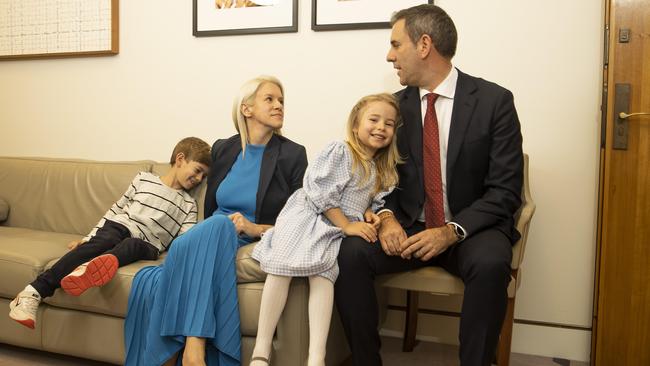
However, Federal Treasury officials confessed they could not reveal which projects would be scrapped, as NSW Infrastructure Minister Rob Stokes was yet to be notified on the final list of long-promised, previously allocated commitments that would lose their funding.
A Treasury spokeswoman said the government is yet to confirm where it will find $2.8 billion from cancelled and reallocated projects under the Infrastructure Investment Program, Urban Congestion Fund and Commuter Carpark Fund.
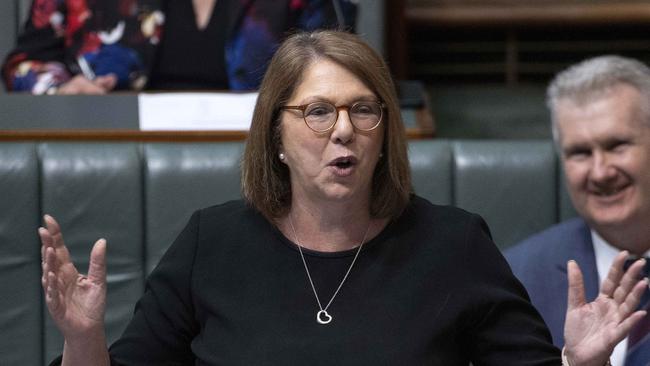
A Treasury spokeswoman said detail would “become evident” once Infrastructure Minister Catherine King had spoken with state and territory counterparts about budget commitments.
State and territory counterparts would then write back about whether certain proposals are feasible — though no further information as to what those proposals are, and what they may mean for existing projects, was divulged.
“That detail is being managed through letters from the minister to her counterparts which will go out tonight,” the spokeswoman said. “The infrastructure program is extremely big – there is nothing to suggest what will be scrapped.”
Meanwhile, the Infrastructure Minister revealed a $300 million investment in the Western Sydney Roads Package, a massive $5.25 billion for the Sydney Metro Western Sydney Airport line and $1.6 billion for the development of the M12 motorway.
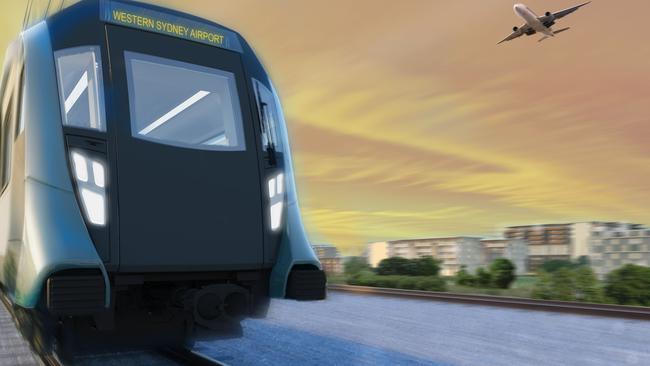
“Infrastructure is critical to building the nation we all want and the Albanese Government’s Budget investments in infrastructure deliver the best outcome for the Australian people now and into the future,” she said. “The Albanese Government wants infrastructure that leaves a lasting legacy.
“Our first Budget will honour the pledges we made to voters, while also managing the
economy in an uncertain global environment.
“The Budget takes an important first step in ensuring the Commonwealth’s infrastructure spending is responsible, affordable and sustainable.
Ms King said the government was delivering on its election commitments, including a $1.4 billion cut of the budget’s $8.1 billion road and rail infrastructure fund.
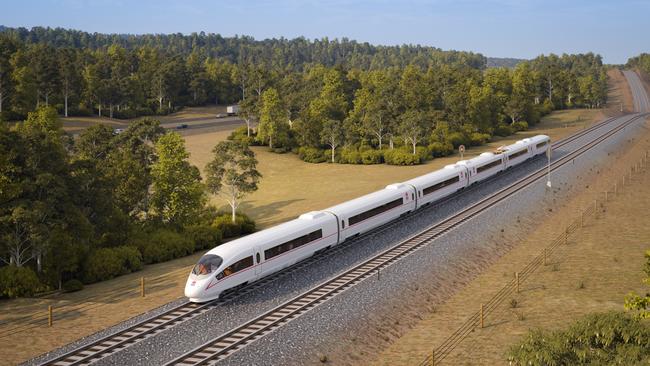
The long-mooted and delayed high-speed rail link between Sydney and Newcastle will see a funding boost with $500 million of the $1.4 billion to be spent on planning, corridor acquisition and early construction works along the route.
Two main traffic arteries will also benefit from funding.
The New England Hwy’s Muswellbrook Bypass will receive $268.8 million, with another $110 million allocated for the Epping Bridge.
Funding for the latter, a “congestion-busting bridge” in Sydney’s north, will be matched by the NSW Government.
Meanwhile, in western Sydney, the under-construction Western Sydney Airport and general transport links in the area also stand to benefit.
In total across four years, as part of the Western Sydney Infrastructure Plan, $921.7 million will be put towards projects to enhance and improve existing transport links, which is in addition to separate funding for the new Western Sydney Airport at Badgerys Creek.
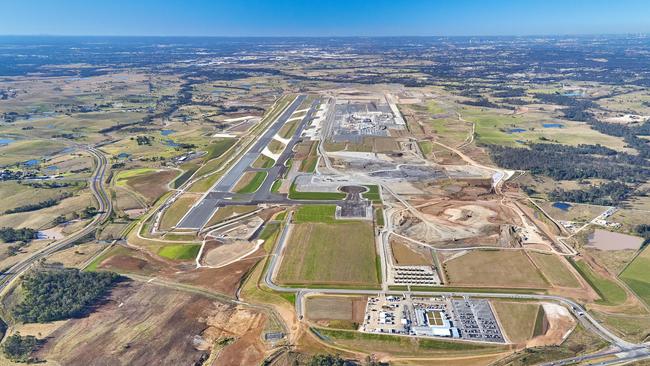
An injection of $17.9 million over two years from 2022–23 has been assigned to planning and design work for border services facilities at the new aviation hub.
Housing in western Sydney has not been forgotten, with a $23.1 million funding boost for the area in 2022-23 to deliver improved community facilities and urban amenities, and to cut development costs and boost housing supply.
Newcastle Airport will receive $55 million over two years from 2022–23 to upgrade border services facilities at the passenger terminal.

The budget also puts aside funds for the Albury and Wodonga region – $53 million across four years from 2022-23 will be provided for the region to “unlock economic benefits and opportunities”, the budget revealed.
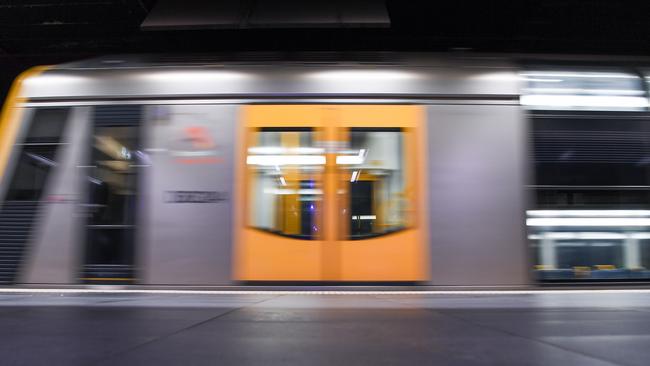
Meanwhile, commuters on the T1 Northern Line will see a cash injection of $2 million this year to provide Wi-Fi and mobile coverage on trains along the route to Wyong.

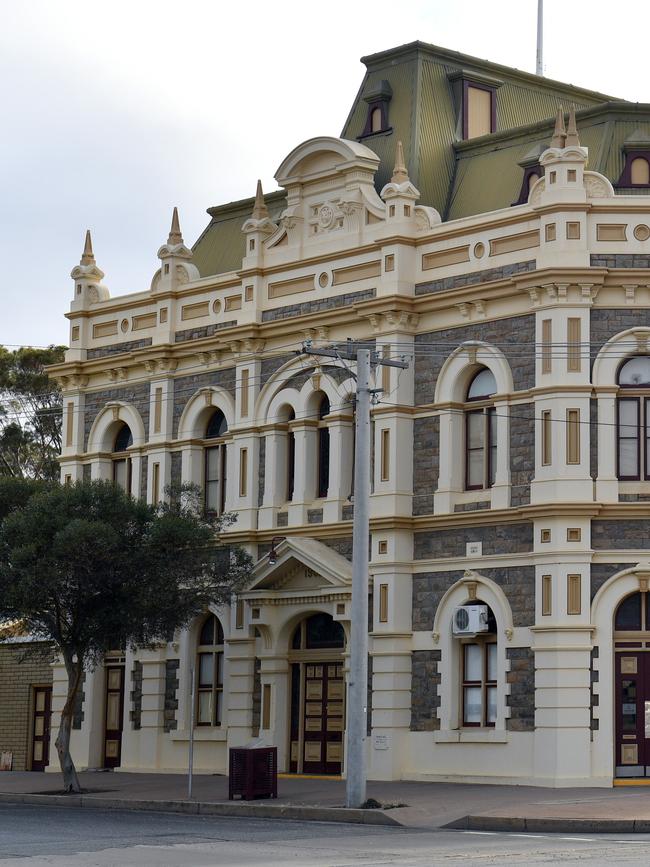
Two historic, famous sites in NSW will receive funding to help promote their case to become World Heritage sites.
The Federal Budget earmarks $900,000 in 2022-23 for a handful of sites across the country, with the Parramatta Female Factory and Broken Hill Trades Hall set to receive a chunk of that amount to bolster their heritage-listing case.
There’s a whopping 118 local community infrastructure and sport projects in NSW funded by Tuesday’s budget, a lot of which were Labor Party election pledges.

In total, $245 million is designated in for community-based projects across the state, including multiple wins for the Prime Minister’s own electorate.
Previously pledged funding of $2.5 million for Henson Park in Marrickville, the home of the Newtown Jets, and $1 million for Leichhardt Aquatic Centre has been included in the Budget.
FUNDING OUR HOSPITALS
Treasurer Jim Chalmers has touted the “largest” ever federal commitment in public hospital funding as part of his first budget on Tuesday, forecasting an estimated $28.4 billion across the country.
The Labor Treasurer’s first budget handed down massive $8.116 billion will be spent on hospital services in NSW in this financial year, alongside 155.3 million on public health throughout the same period. This figure will increase to $8.184 billion in hospital services in 2023-24 and $162.2 million in public health.
Meanwhile a combined total of $8.868 billion will be spent in the 24-25 financial years, and a massive $9.421 billion in the 25-26 financial year.

Palliative care services in NSW will benefit from a $4.1 million injection in funding over the next two years, while $5.1 million will be spent on the national bowel cancer screening program across the state.
Further, a total of $3.1 millions will be spent of NSW specialist dementia care services.
In southwest Sydney, Campbelltown Hospital is set to benefit from a $4 million injection to bolster its Child Development Unit this financial year, while a further $237 million will be spent on community health, hospitals and infrastructure projects between 2022-23 and 2024-25.
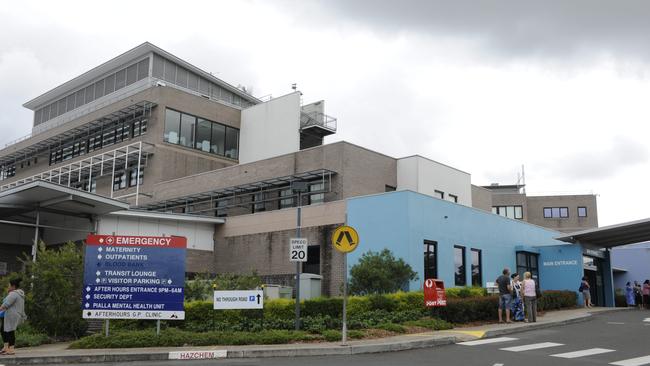
The Labor Party’s election commitment — promising a series of Urgent Care Clinics aimed at reducing the load of presentations to emergency departments across NSW — has been met with a $71 million cash injection across the nation this year, followed by a further $90 million in 2023-24, and $36 million in 2024-25 and again in 2025-26.
However, the locations of the promised urgent care facilities were not disclosed.
“The Government will provide $235.0 million over 4 years from 2022–23 to commence the roll-out of Urgent Care Clinics, including $100.0 million over two years from 2022–23 to co-develop and pilot innovative models with states and territories to improve care pathways and inform program roll-out,” Treasury officials said. “The Urgent Care Clinics will reduce pressure on hospital emergency departments and make it easier for Australian families to see a doctor or a nurse when they require urgent but not life-threatening care.
“All Urgent Care Clinics will be open during extended business hours with no appointments required, and will ensure that patients do not have out-of-pocket costs.”
RURAL AND REGIONAL HEALTH
A $74.1 million investment will introduce tiered financial incentive payments to recognise doctors with additional skills practising in rural and remote regions.

Another $8.4 million will fund more hospital-based training posts for rural doctors to attain specialist and advanced skills in regional and remote Australia.
The Government will also invest $5.6 million in the John Flynn Prevocational Doctor Program to provide more rural primary care training rotations for junior doctors.
The Government will also provide $12.4 million over four years from 2022 to 2023 to provide Medicare eligibility for MRIs at the new Maitland Hospital, the Wyong Hospital, and the Hawkesbury Hospital.

Meanwhile, $22.5 million investment over three years will establish a dedicated Birthing on Country Centre of Excellence in Nowra.
Throughout the next six financial years, the Budget designates $61.8 million for projects in regional and rural locations, including the Hunter, Kiama and the Eurobodalla region.

The Hunter Region will receive $28.7 million to provide ongoing funding to the GP Access After Hours program in the area, and there’ll be $1.1 million over four years to reopen the Kaden Centre, a health hub in the area.
On mental health, Kiama on NSW’s south coast and Edmondson Park in southwest Sydney are two of the biggest winners in the government’s tranche of funding.
From a funding pool of $23.5 million across four years, a new Headspace service centre will be opened in Edmondson Park, with a satellite service also opening in Kiama, among a handful of similar sites in QLD and Victoria.
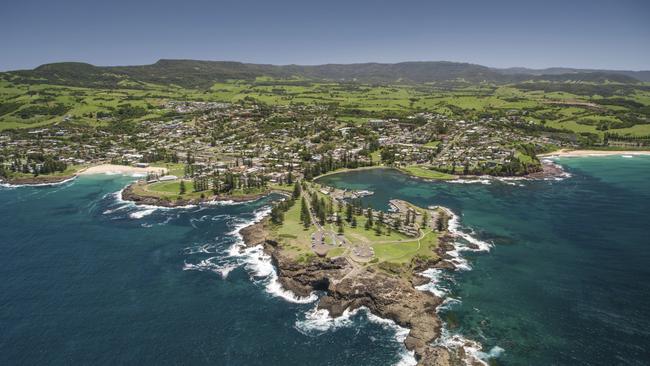
Over three years from 2023-24, $6.5 million will also be given to support hospital services in regional communities, with a focus on radiation and maternity centres.
Of that funding, $4.7 million, in 2023-24, will be used to restore maternity services at Yass District Hospital, in the Riverina, while $1.8 million, across two years from 2024-25, will be provided for radiation therapy services across the Eurobodalla region.
EDUCATION: FUNDING FOR ‘SMARTER’ TEACHERS
Schools across the state are set to benefit from an $8.160 billion funding boost this financial year, which is expected to increase to $9.281 billion by 2025-26.
However, non-government schools continue to get the lion’s share of funding with $5 billion handed over to private schools in 2022-23 compared to $3.159 billion for government schools.
$3.323 million will be injected into government school coffers in the 2023-24, while their private-school counterparts will see a cash injection of $5.273 billion.
In 2024-25 government schools can expect $3.462 billion in funding, while non-government schools will see a massive $5.478 billion.
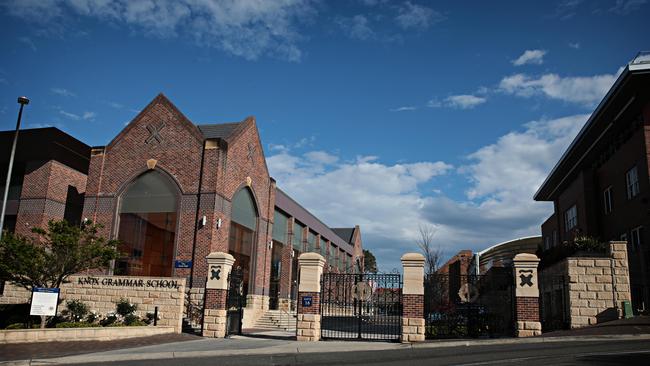
By 2025-26, $5.67 billion in non-government school funding will be allocated to NSW schools, whereas public schools will see $3.611 billion in funding.
Treasury officials said the Australian Government uses a “needs-based model for school funding, which delivers a consistent national approach for all schools in all states”, however, told NewsLocal a longer term plan would see the disparty of funding between public and private schools would be reduced as part of a “full and fair funding discussion”.
“In 2023, under a second grants round, government schools will receive the same amount of funding as non-government schools for new buildings and major facilities upgrades,” Treasury officials said.

“Grants to government schools will be allocated in consultation with state and territory governments.”
Meanwhile, NSW families have secured a massive $523.3 million over four years to held with the cost of universal access to 15 hours of preschool each week in the year before school – expected to result in 600 hours of free childcare per student over the year.
“The Preschool Reform Agreement aims to improve preschool participation and outcomes, including improved enrolment and attendance,” Treasury representatives said.
Schools across the nation will benefit from a $203.7 million Student Wellbeing Boost, with average schools receiving $20,000 each for mental health supports, excursions and sporting and social activities.
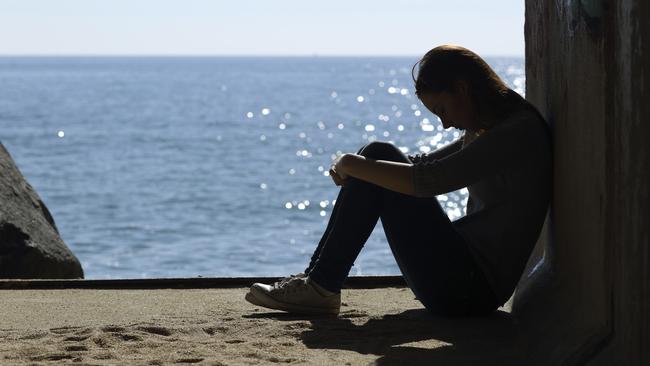
The School Upgrade Fund will dedicate $270.8 million to improve ventilation and air quality and larger refurbishments for public schools.
The Government will also invest $60.6 million in response to the Quality Initial Teacher Education Review to address teacher shortages and promote quality teaching.
Tuesday’s budget was all about “opening the doors of opportunity”, Education Minister Jason Clare said.
“This budget invests in better education for all Australians – from early education right through to university,” he said.
In the budget, $4.5 billion is given to increase Child Care Subsidy rates from next July, $10.2 million to establish a partnership between Australian governments and First Nations representatives, $270 million over two years to upgrade school infrastructure, and $56.2 million to attract more high-achievers into teaching.
“This budget invests in measures that open the door of opportunity wider for Australians from all backgrounds,” Minister Clare said.
REGIONAL COMMUNITIES
A $7.4 billion cash splash will support regional development across Australia, including clean energy, renewable resources industries and community-based projects.
The $349.9 million Investing in Our Communities Program and the $1 billion Priority Community Infrastructure Program will deliver local community, sport and infrastructure commitments of varying scales.
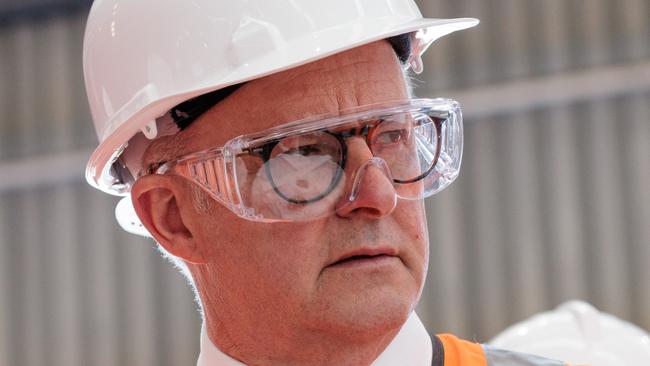
Major projects include a $672.7 million commitment to deliver port infrastructure improvements in the Hunter, as well as the Pilbara and Bundaberg regions.
Meanwhile Casino Beef Week is one of several regional trade events that will receive a $12.3 million sponsorship from the Government, along with horticulture conferences and agritech industry events.
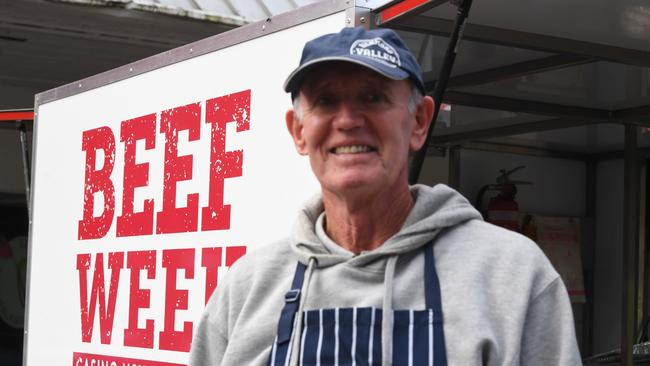
The Government will also provide $5 million over three years to the Surf Life Saving Australia’s Beach Safety Equipment Fund for the purchase of surf rescue and medical supplies.
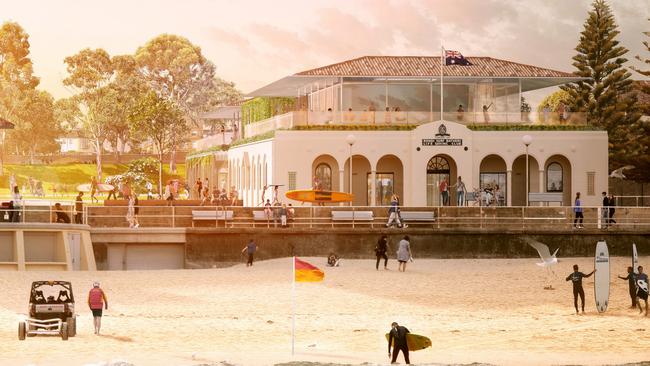
The budget also earmarks $51.5 million in 2022–23 to support communities impacted by natural disasters, including $2.8 million towards rebuilding of the Norco Ice Cream Factory in the Northern Rivers.

The Government has further committed $600,000 in 2022–23 to expand residential accommodation for people with disability at Jindelara Cottage in Ulladulla.
The Government has announced it will defer $899.5 million in funding over four years for the Dungowan Dam and Pipeline, Emu Swamp Dam and Pipeline, Hughenden Irrigation Scheme and Wyangala Dam Wall Raising projects.
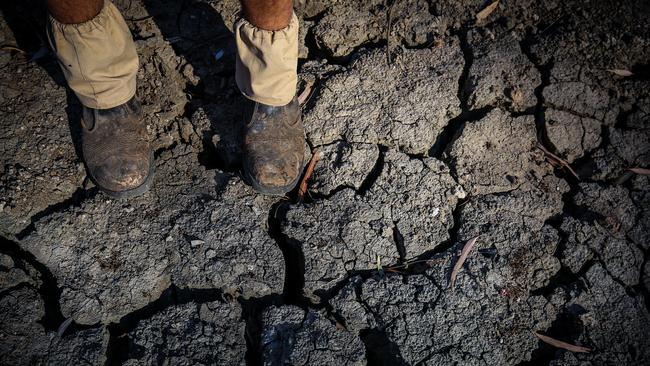
The funding will be reconsidered once business cases are complete and viable delivery methods are determined.
A significant amount of funding is also earmarked for the Murray-Darling Basin.
NSW will receive $6.4 million this financial year and $8.6 million next year for water reform in the Murray-Darling Basin. This funding will be allocated to relevant communities to conduct new and ongoing activities required for water reform across the area.
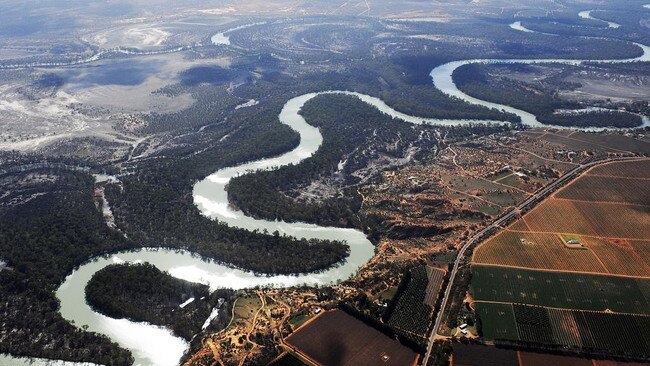
DISASTER RESILIENCE AND RESPONSE
Floods have ravaged NSW this year, with Dubbo and Lismore – again – getting lashed by rain. The budget designates $225 million for both NSW and QLD in 2022-23 as part of its flood recovery and resilience package, with NSW set to receive $150 million of that amount. As part of the budget’s National Flood Mititigation Infrastracture Progam, NSW will also receive $19.2 million across 2022-23 to build infrastructure to mitigate flood impact moving forward.
NSW across the next two years will also receive $10.9 million for disaster risk reduction, encompassing floods, but also bushfires and other natural disasters.
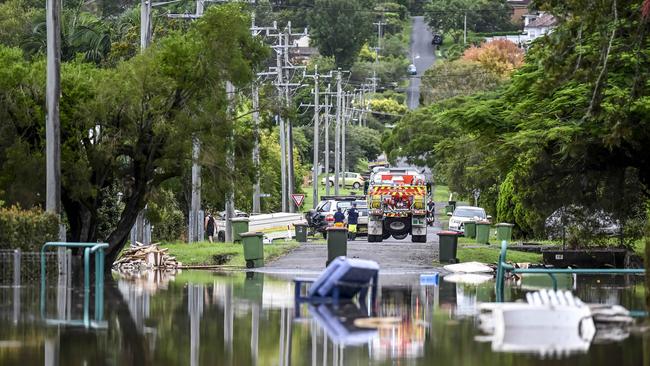
The Government’s Disaster Recovery Allowance will assist employees and sole traders who experience income loss after natural disasters for up to 13 weeks.
The one-off, non-means tested Australian Government Disaster Recovery Payment of $1000 per eligible adult and $400 per eligible child has also been made available to the most severely impacted local government areas.
The Government also confirmed there is $3 billion in a contingency reserve for ongoing disaster recovery costs from flooding in 2022.

To assist with future recovery efforts the Government is also providing $38.3 million to Disaster Relief Australia for more than 5000 volunteers to help communities when disaster strikes.
The Government will also invest up to $200 million in disaster prevention and resilience projects such as flood levees, sea walls, cyclone shelters, evacuation centres and fire breaks.
Insurance affordability and availability issues exacerbated by natural disaster risk will be addressed with a $22.6 million reform package.
Another $20.8 million over two years from 2022 to 2023 will support Australia’s drought readiness, with $14.3 million allocated to adopt established drought resilience research and $6.6 million to maintain existing future drought preparedness.
The Government will further provide $12 million over four years from 2022–23 to community legal centres in NSW and Queensland to assist fire and flood-affected individuals with timely legal assistance.
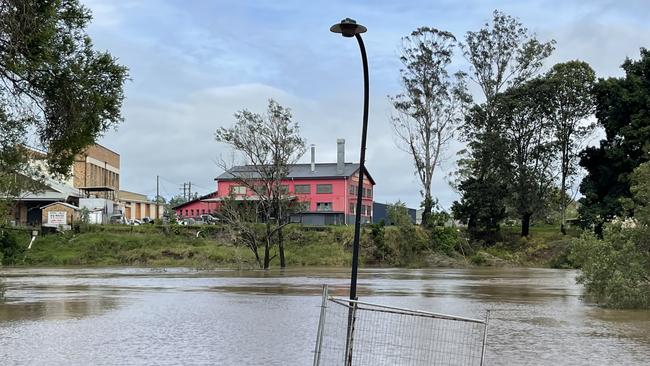
In the Northern Rivers and Hawkesbury regions, mental health and young people impacted by floods will be a focus of the federal government, with money set aside in the budget for both areas.
There will be $13.0 million over four years from 2022–23 to support communities impacted by flooding in NSW, which includes $8.5 million across that period for additional youth mental health services in Ballina and Hawkesbury, and to continue the operation of the Head to Health pop-up clinic in Richmond for a further six months
$4.4 million of that in 2022–23 will also be to provide additional urgent mental health support to impacted communities through emergency response coordinators, wellbeing and resilience grants, and supports targeted to First Nations people.
INFRASTRUCTURE, SPORTING UPGRADES FOR ACT
Canberra and the Nation’s capital received a funding boost from Tuesday’s budget, with a notable focus on local community projects.

A total of $800,000 will be spent on building four tennis courts at Western Creek Sports Club, and $20.7 million will be spent on the ACT community package, across three projects: redeveloping CIT Campus, upgrades to Gorman House, and the development of a business case for new sporting fields at the University of Canberra.
The government will also provide $85.9 million in funding for the Canberra Light Rail Stage 2A project.
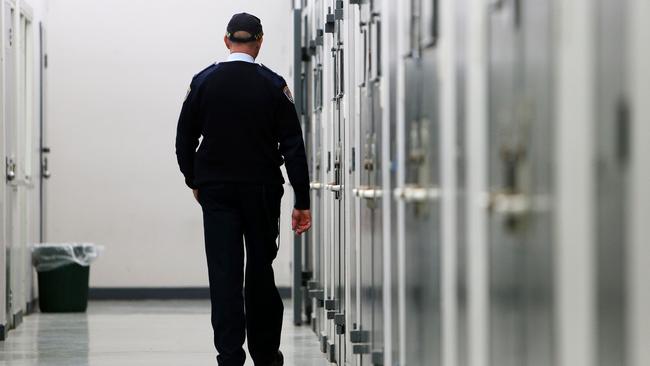
The ACT is also the only terrirotiy to to enter into a funding agreement with the federal government to help implement the Optional Protocol to the Convention against Torture and other Cruel, Inhuman or Degrading Treatment or Punishment (OPCAT). $100,000 in 2022-23 will be given to the territory to establish the mechanisms under the protocol to help prevent mistreatment in prisons.
There’s also a fresh $10.8 million to increase the capacity of the Parliamentary Library.
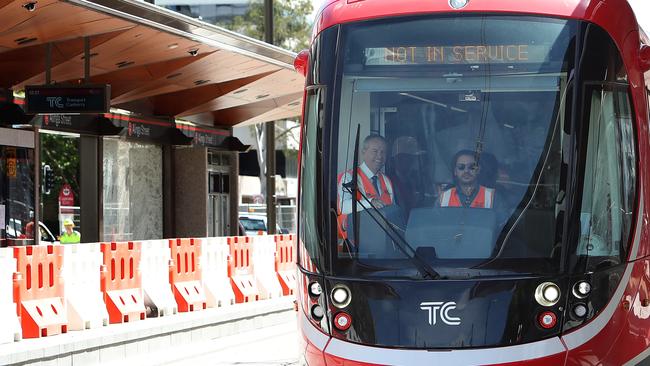
Originally published as Federal Budget 2022-23: What it means for your community, local projects, winners and losers

